One of the most common strategies in successful branding is to develop a believable brand promise that creates a positive perception about a product in the eyes of the targeted audience the product seeks to influence. Through that perception, the brand will trigger a response from the targeted audience, which, if successful, will initiate a ‘trial’ of the product.
If, through the trial of the product, the product lives up to the brand promise that initially influenced the audience to action, then the audience will repeat their behavior and ultimately, if the product continues to deliver on its promise, will create the ultimate in branding success – brand loyalty.
At each stage – trial, repeat and loyalty – there are specific marketing touch points the brand is using to connect to and influence its audience.
And as a ‘product’ in the marketplace of employment, we also have the power to create our own brand promise and influence the perception of ourselves in the eyes of a targeted audience – in the job seeker’s case, the audience being a potential employer.
The resume, the cover letter and the interview are the three most common touch point opportunities a job seeker has to influence an employer’s perception and opinion. The job seeker wants to persuade the employer that they match the requirements of the job posting in every way – from the experience, the talents, the qualifications, the skills and expertise; and prove that they will add value to the company and to the department.
In most cases, it is not too difficult to interpret the job posting to determine the most essential requirements and skills the employer is searching for, but in each stage, it is up to the job seeker to connect their relevance to the job posting’s requirement.
The resume and the cover letter are the first touch points and it is up to the job seeker to make the connection from the job posting requirements to their ‘brand’ in order to influence an employer to contact them.
The interview is commonly the most difficult part for job seekers. It is at this point where you must translate in a person-to-person conversation the elements of your ‘brand promise’ that came across in the resume and cover letter that influenced the employer to contact you (trial) for an interview.
While this is a simplified explanation of branding, job seekers need to think much the same way, because let’s face it, when you are looking for a job, you are the Chief Marketing Officer for yourself.








